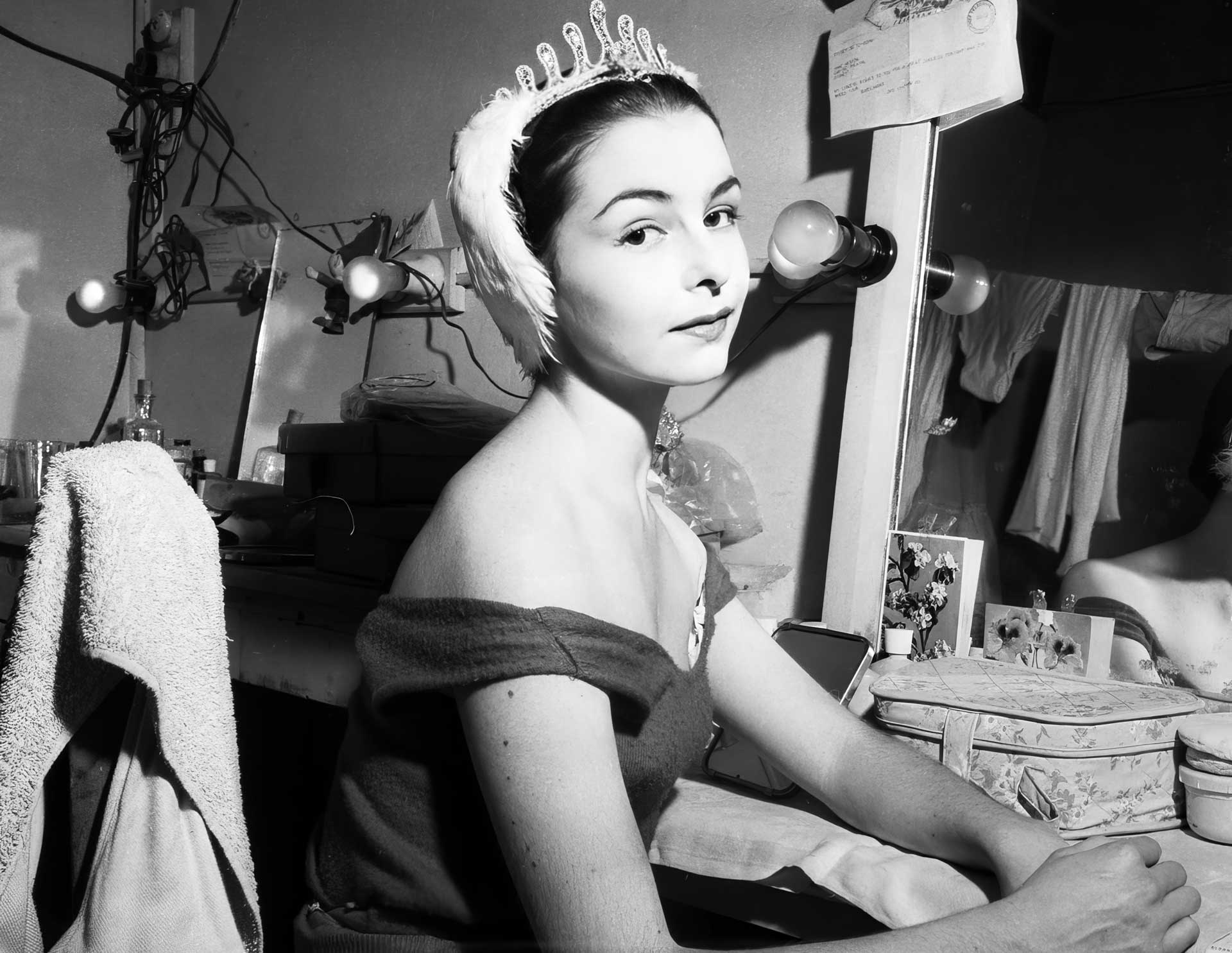people » Lynn Seymour
Lynn Seymour (1939–2023). Canadian ballerina, choreographer, teacher and director
During the mid 20th Century, British ballet had a piece of good fortune. In 1953 in Toronto, Lynn Seymour was auditioned by Frederick Ashton for a place at the Sadler’s Wells Ballet School in London, to which she came in 1954.
By 1956 she had joined the Sadler’s Wells Opera Ballet, and The Royal Ballet Touring Company a year later where, in 1958, she created the role of the Adolescent in Kenneth MacMillan’s ballet The Burrow. This was the start of a long association, with Seymour as MacMillan’s perfect muse. Fiercely intelligent and observant, she was never afraid to sum up situations and react accordingly, a rarity in an age of deference.
At a time when it was possible to dance the great classical heroines in quick succession, Seymour was able to absorb and understand what was needed to carry a three-act ballet, something that was going to stand her in good stead in the coming years. By the end of 1959 she had danced Odette/Odile in Swan Lake, Aurora in The Sleeping Beauty, and Giselle, as a fully-fledged ballerina at Covent Garden.
The next 12 months were defining for both Seymour and British ballet. In 1960 MacMillan choreographed both The Invitation and Le Baiser de la fée on her and Ashton his ballet The Two Pigeons. Her Juliet in MacMillan’s Romeo and Juliet in 1965 was testament to her unique ability to completely capture the very essence of a role and transpose the mood, idea or argument to something completely believable and absorbing, yet still theatrical and balletic.
From 1966 to 1969, Seymour went with MacMillan to dance at the Deutsche Oper in Berlin, where he was director. She then returned to The Royal Ballet for another eight extraordinary years, where she created the lead in MacMillan’s Anastasia (1971), Ashton’s Five Brahms Waltzes in the Manner of Isadora Duncan (1975) and Natalia Petrovna in his A Month in the Country (1976) and then with David Wall as Crown Prince Rudolf, she created the role of Mary Vetsera in MacMillan’s Mayerling.
Seymour was a guest artist with many companies, both in Britain and abroad, and worked with most of the significant choreographers of the age. She also choreographed for various companies and was artistic director of both the Bavarian State Ballet (1978 to 1980) and the Greek National Ballet (2006 to 2007). Lynn Seymour was uncompromising, innovative, daring and inimitable – a great dancer in any age. She was appointed CBE in 1976 and died in 2023.

